In today’s fast-paced business world, standing still means falling behind. It’s imperative for professionals to continually refine their skills and stay on top of industry trends. This is where examples of professional development goals come into play.
Examples Of Professional Development Goals
Professional development goals are instrumental in fostering growth and improvement in any career. These goals act as navigational compasses, guiding professionals toward honing their craft.
Setting goals, particularly those related to professional growth, drives individuals to continually evolve their skills. Consider goals as the schematic design for constructing a robust career. Realizing these goals underscore the actualization of job-specific skills, from enhancing communication strengths to mastering intricate technical competencies.
The Role of Professional Development in Career Growth
Examples of Professional development plays a pivotal role in career growth. It’s the fuel that propels career trajectories. Professional development goals act as stepping stones, cascading towards improved job performance or, possibly, new career opportunities.
Investing time to develop a new skill or sharpen an existing one bears fruit in the longer run. Say, a software developer aims to learn a new programming language.
Types of Professional Development Goals
Skill-Based Goals
Skill-based goals center on the cultivation of hard and soft skills pertinent to a professional’s field and role. These targets offer the benefit of mastering new skills, honing existing skills, and bolstering one’s professional portfolio. For instance, a software engineer may foster their proficiency in a complex programming language, while a teacher may aim to master the utilization of new edtech tools for online teaching.
Leadership and Management Goals

Leadership and Management Goals focus on developing traits vital to guiding teams, overseeing projects, and operating within the frames of company vision. These involve nurturing capabilities like strategic thinking, conflict resolution, and decision-making. An aspiring team leader, for instance, may wish to improve their delegation skills, while an executive might desire to become better at leading virtual meetings.
Networking and Relationship Goals
Networking and Relationship goals target the expansion and maintenance of professional connections. These connections can open doors to countless career opportunities, promote knowledge sharing, and provide professional support. For example, sales professionals may aim to build relationships with new clients, while researchers might aspire to collaborate with international peers in their field.
Efficiency and Productivity Goals
Efficiency and Productivity Goals pertain to the optimization of work output and the improvement of work processes. These goals cultivate habits that lead to increased productivity, better time management, and the proficient use of resources. An entrepreneur could aim to streamline their business process for quicker delivery, while a manager may focus on reducing meeting durations for their team.
Creating Measurable Professional Development Goals
Setting SMART Goals

- Specific: Identifies the precise area for improvement or development. For instance, “Enhance public speaking skills” pinpoints the development area as public-speaking capabilities.
- Measurable: Details quantifiable results or achievements to rate progress. Such as, “Present at least three team meetings” provides a quantifiable measure for the goal.
- Achievable: Specifies realistic and attainable objectives. Goals like “Complete one new professional certification” prove reachable for most professionals.
- Relevant: Ties the objective to a career path or professional role. A goal such as “Expand professional network by 20%,” connects directly to a desire for career progression.
- Time-bound: Sets a clear timeline for goal completion. “Read five industry-related books in the next six months” outlines a timeframe for the learning goal.
Tracking and Revisiting Your Goals

Maintaining a focus on professional growth requires constant tracking and revisiting of goals. Develop a system for monitoring progress and adjust goals accordingly. For example, upon reaching the mid-point of a specified timeframe for a goal, assess progress made. If you’ve read three of the five designated industry books in three months, you’re on track. If not, adapt the goal or your strategies to achieve it.
Must Know
Setting examples of professional development goals isn’t just about charting a course for career advancement. It’s also about personal growth and skill enhancement. Whether it’s honing a particular skill, stepping up to leadership, fostering relationships, or boosting productivity, each goal type offers unique benefits.

